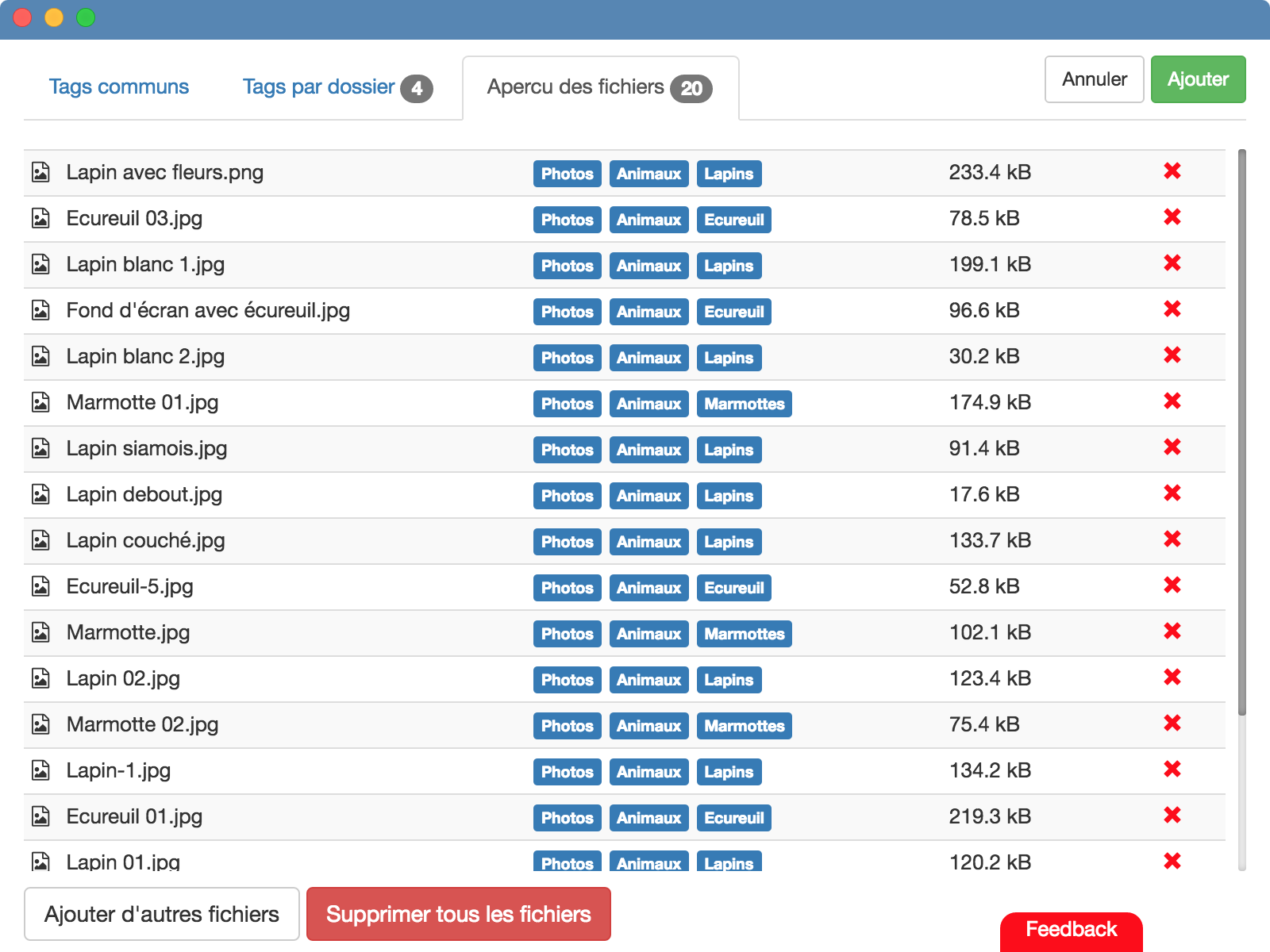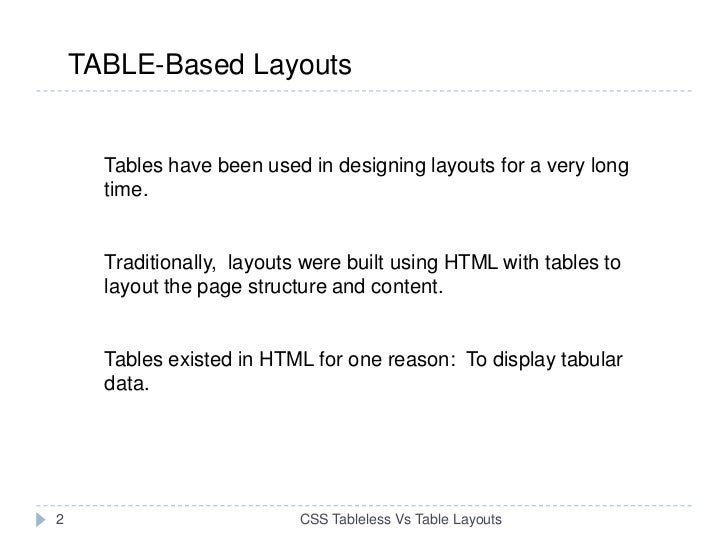


The File gets the title from the name of the file when you upload it. The Flow looks for a file attached to that record with the title “SalesforcePhoto” (or another phrase of your choosing). Posted on JAuthor JessieRymph Categories Uncategorized Tags flow, salesforce, Salesforce Administration, visual workflow Leave a comment on Live Session 7/26 on Flow Error Handling Use Stages in Screen Flow I love that I got to share it with others through Salesforce Labs.
#TAGFLOW VS TABLES HOW TO#
* Thomas George taught me how to handle flow errors this way when we worked together at Optimum Energy.

In this session we will show how Admins can use this Salesforce Labs Flow solution to pinpoint exactly where the process went wrong and obtain crucial details of the recorded incident that will help with troubleshooting and fixing the problem in a timely manner. Flow Error Handling solution from Salesforce Labs helps Admins to discover Flow errors in faster and more straightforward way.
#TAGFLOW VS TABLES UPGRADE#
We need to be able to build scalable Flows that are easy to maintain, upgrade and troubleshoot, but handling errors in Flows is not always intuitive and user friendly process. If you are well-versed in data modeling and design, Tableau’s new data model lends itself well to concepts of data normalization and Star/Snowflake schemas.Session Description: With Flow becoming the dominant declarative automation tool, business problems we are solving with automation are becoming more complex. With the release of Tableau Desktop 2020.2, Tableau has managed to improve not only efficiency and performance but usability as well! However, efficiency and performance should not come at the cost of usability. We should be deliberate in how we store this data for efficiency and performance. We live in a world surrounded by data that is growing at exponential rates. Having worked with Tableau since its infancy, I can say that Tableau’s new data model is a natural progression towards product maturity. Tableau queries data in their natural level of detail, thus preserving granularity and functionality. You would simply define a logical item table with a plethora of item dimensions and relate it to your logical sales table through a field such as item_number. Gone are the days when you would need to store item descriptions every time an item sells in your Tableau data extract. Because Tableau does not combine logical tables into a single, flat table and instead keeps logical tables separate (in addition to having logical relationships defined), we are able to minimize data extract size by dividing the extract into different logical tables/groupings instead. Logical Table B also has a specific level of granularity. In the diagram above, Logical Table A and its underlying physical tables result in a single, flat table with a specific level of granularity. In the case where a logical table contains more than one physical table, these tables are first joined and/or unioned before relating to other logical tables. The following diagram illustrates these new layers within a single data source beginning with Tableau Desktop 2020.2:Ī logical table can contain one or more physical tables. If you double-click into a logical table, you dive deeper into the physical layer and can define joins and unions. By default, when you drop tables into the data source canvas in Tableau Desktop, you are working in the logical layer and can define relationships between logical tables. To delve deeper into Tableau’s new data model, we need to understand the difference between Logical and Physical tables. This new paradigm allows Tableau to maintain various levels of granularity across different tables while simultaneously minimizing data extract size due to efficiency. Beginning with Tableau Desktop 2020.2, Tableau introduces relationships and splits tables into logical and physical layers. In versions prior to 2020.2, users would define joins and unions between physical tables in which Tableau would create a singular, flat table for analysis. With the recent release of Tableau Desktop 2020.2 came the introduction of a brand-new data model.


 0 kommentar(er)
0 kommentar(er)
